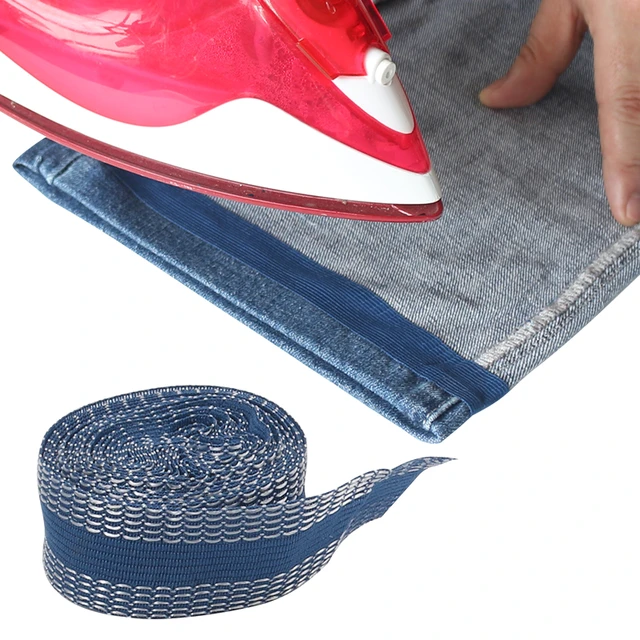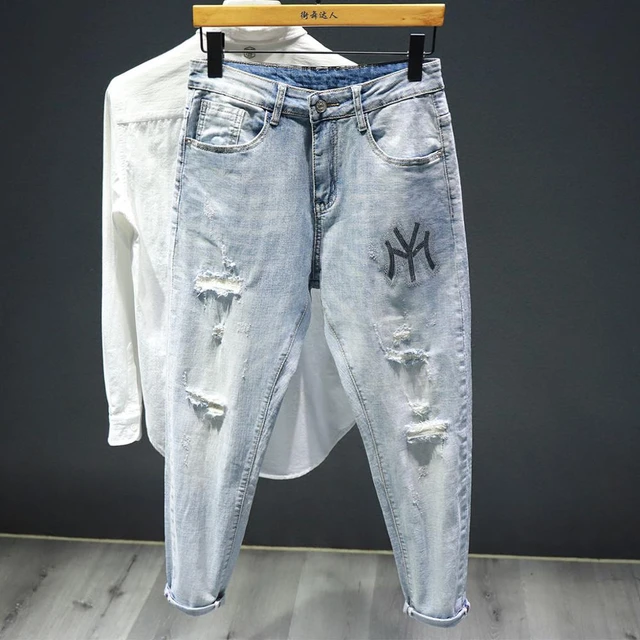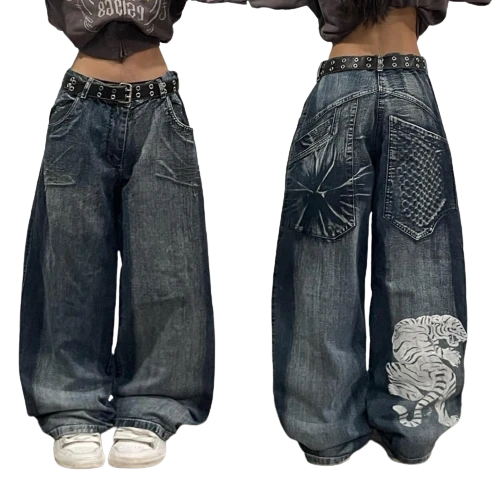Introduction:
Properly ironed jeans can add a polished and crisp look to your outfit. However, many people struggle with ironing denim due to its thickness and unique characteristics. In this comprehensive article, we will guide you through the process of ironing jeans, ensuring they look their best while preserving the integrity of the fabric. By following these simple steps, you can achieve perfectly pressed denim that enhances your overall appearance.
Guidelines for ironing jeans of different materials and cuts
When ironing jeans of different materials and cuts, there are certain considerations to keep in mind to avoid damaging the fabric or altering the shape of the garment. Here are some guidelines for ironing jeans of different materials and cuts:
Denim Material:
Denim is a durable fabric, but it can be susceptible to heat damage. Set your iron to a medium to high heat setting, but avoid using the highest temperature unless specifically recommended by the manufacturer.
Always iron denim on the reverse side or use a pressing cloth to prevent shine or marks on the fabric.
Be cautious when applying pressure on the iron to avoid stretching or distorting the denim.
Stretch or Lightweight Denim:
Stretch or lightweight denim requires extra care as it is more delicate and prone to heat damage.
Lower the iron temperature to a medium setting or follow the specific instructions on the care label.
Use a pressing cloth or iron the jeans on the reverse side to protect the fabric from direct heat exposure.
Raw or Selvedge Denim:
Raw or selvedge denim is known for its stiff and unwashed appearance. Ironing these jeans can affect their natural fades and creases.
Consider spot cleaning or steaming instead of ironing to maintain the original texture and character of the fabric.
Skinny or Slim Fit:
Skinny or slim-fit jeans have a more fitted silhouette and require careful ironing to avoid altering their shape.
Iron these jeans on the reverse side or use a pressing cloth to prevent flattening or creating unwanted
creases in the fabric.
Avoid excessive pressure on the iron to prevent stretching or distorting the shape of the jeans.
Bootcut or Wide-Leg:
Bootcut or wide-leg jeans have a looser fit and may require additional attention to achieve a polished look.
Smooth out any wrinkles by ironing on the reverse side or using a pressing cloth.
Be cautious with the iron around the wider parts of the legs to avoid creating unwanted creases.
Embellished or Embroidered Jeans:
Embellished or embroidered jeans may have decorative elements that can be sensitive to heat.
Turn these jeans inside out before ironing to protect the embellishments or embroidery.
Iron these jeans on the reverse side or use a pressing cloth to prevent damage to the decorative elements.
In general, always refer to the care label for specific ironing instructions provided by the manufacturer. Additionally, if you are unsure about ironing a particular pair of jeans, it is always recommended to consult a professional tailor or dry cleaner who is experienced in handling different denim materials and cuts. They can provide you with personalized advice and assistance to ensure the best results while preserving the quality and shape of your jeans.
Preparing the Ironing Surface:
Set up your ironing board in a well-ventilated area, ensuring it is stable and secure.
Check the ironing board cover for any stains, debris, or wrinkles that may transfer onto your jeans during ironing.
If necessary, clean or replace the ironing board cover to ensure a smooth and clean surface.
Check the Care Label:
Before ironing your jeans, refer to the care label for specific instructions from the manufacturer.
The care label will indicate the recommended ironing temperature and any special precautions for your jeans.
Heat the Iron:
Set your iron to the appropriate temperature based on the care label instructions.
For most jeans, a medium to high heat setting is typically suitable, but it’s important to follow the specific recommendations for your jeans.
Preparing the Jeans:
Check the pockets, belt loops, and cuffs for any items or debris that could interfere with the ironing process.
If needed, turn the jeans inside out to iron them from the reverse side, which can help prevent shine or visible marks on the denim.
Ironing the Waistband and Pockets:
Start with the waistband and pockets of the jeans, as they are typically the easiest areas to iron.
Lay the jeans on the ironing board with the waistband or pocket facing upwards.
Smooth out any wrinkles or creases with your hands and place the iron on the fabric, applying gentle pressure.
Move the iron in a back-and-forth motion, following the shape of the waistband or pocket.
Repeat this process until the fabric is smooth and free of wrinkles.
Ironing the Legs:
Begin ironing the legs of the jeans, starting with one leg at a time.
Place the leg flat on the ironing board, ensuring it is smooth and wrinkle-free.
Gently press the iron onto the fabric, moving from the top of the leg towards the bottom.
Use smooth and continuous movements to avoid creating unwanted creases.
Repeat this process for the other leg of the jeans.
Ironing the Seams:
Pay special attention to the seams of the jeans, as they can be more challenging to iron due to the multiple layers of fabric.
Use the tip of the iron to press along the seams, applying gentle pressure to flatten them.
Be cautious not to stretch or distort the fabric while ironing the seams.
Finishing Touches:
Once you have ironed both legs and the waistband, take a final look at your jeans for any remaining wrinkles or creases.
If needed, repeat the ironing process in the specific areas until the denim is smooth and well-pressed.
Hang the jeans immediately after ironing to prevent them from wrinkling before wearing or storing.
Storing Your Ironed Jeans:
Allow your jeans to cool down and fully air out before folding or hanging them in your closet.
Avoid tightly folding or compressing the jeans, as this can create unwanted creases.
Store your ironed jeans in a cool and dry place to maintain their freshly pressed appearance.
Conclusion:
Ironing jeans may seem intimidating, but with the right technique and care, you can achieve perfectly pressed denim that elevates your style. By preparing the ironing surface, checking the care label, and following a systematic approach to ironing the waistband, pockets, legs, and seams, you can effectively remove wrinkles and creases from your jeans. Remember to use the appropriate heat setting, be mindful of the fabric, and pay attention to the finishing touches. By mastering the art of ironing jeans, you can enjoy the crisp and polished look that perfectly pressed denim brings to your wardrobe.




